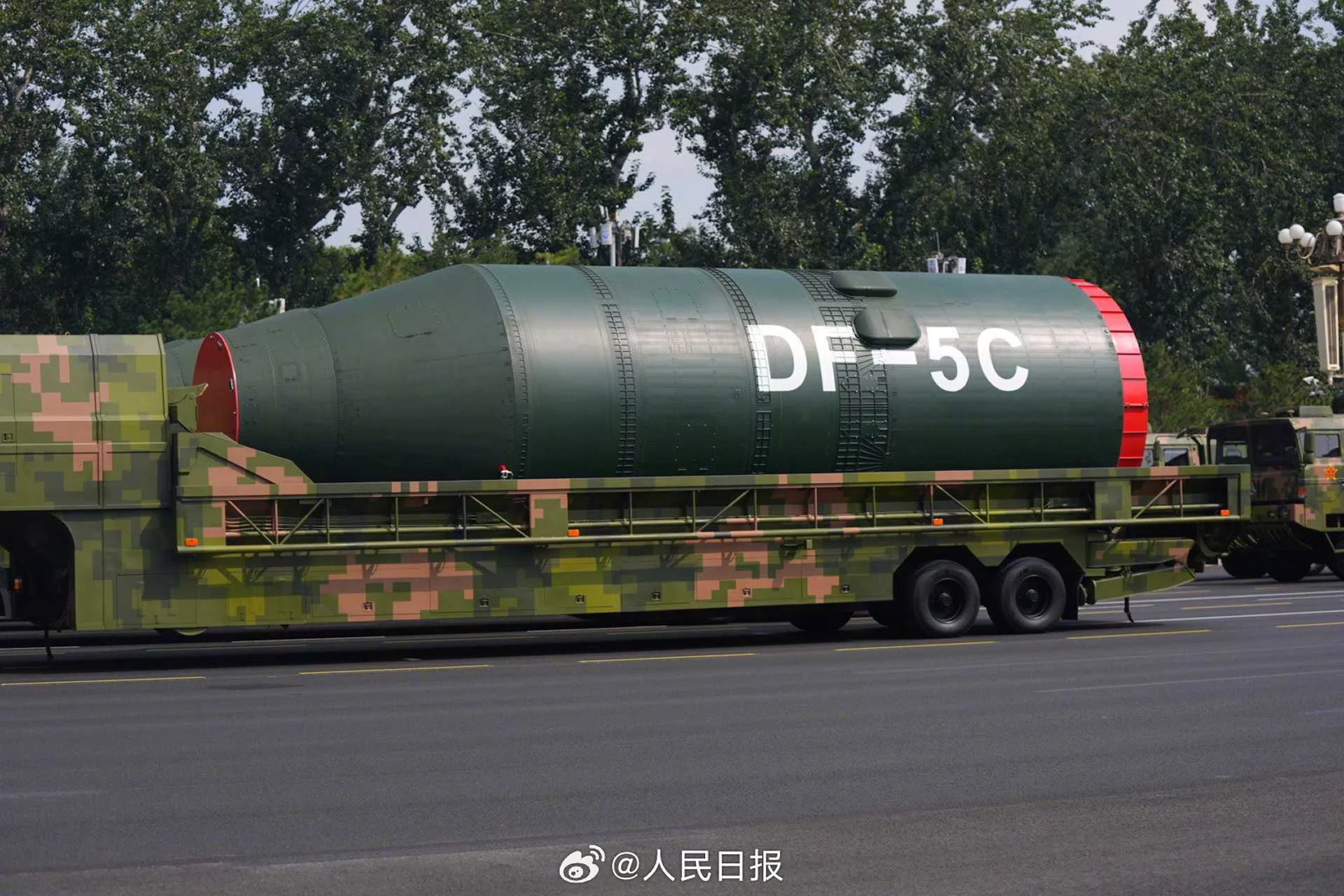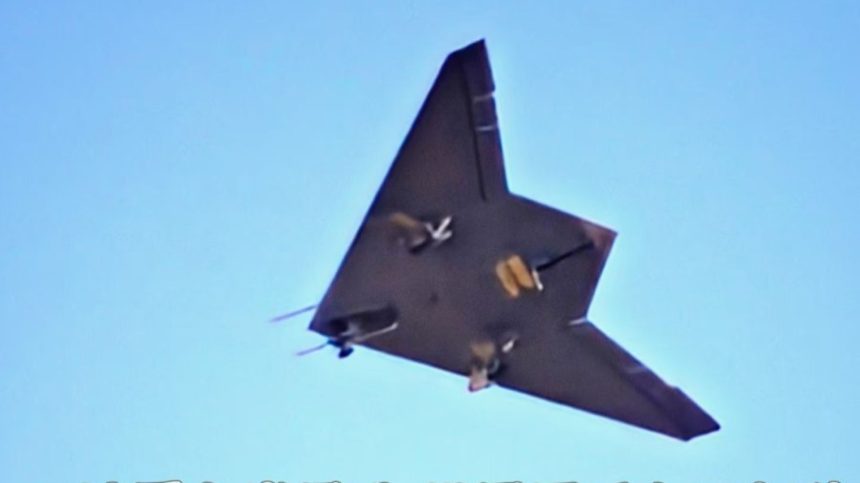The global naval landscape is constantly shifting, with nations vying for technological supremacy and strategic advantage. In a development that has sent ripples through defense circles worldwide, China’s new Type 076 Landing Helicopter Dock (LHD), christened the Sichuan, appears to have successfully undergone testing of its Electromagnetic Aircraft Launch System (EMALS). This potential breakthrough, if confirmed, represents a significant leap forward for the People’s Liberation Army Navy (PLAN) and could fundamentally alter the balance of power, particularly in the Indo-Pacific region.
More Than Just an Amphibious Ship: A Hybrid Powerhouse
Traditionally, LHDs are designed primarily for amphibious operations, deploying troops, vehicles, and helicopters to support land assaults. They are floating bases, crucial for projecting power ashore. However, the Type 076 Sichuan seems to defy this conventional definition. Whispers and analysis from intelligence communities and open-source imagery suggest that this vessel is far more ambitious – a hybrid carrier capable of launching not just helicopters, but also fixed-wing aircraft, potentially including advanced drones and even manned fighter jets, thanks to its EMALS capabilities.
Imagine a vessel that combines the versatility of an amphibious assault ship with the offensive punch of a light aircraft carrier. This is what the Sichuan promises to be. Its large flight deck, extensive hangar space, and now, crucially, its EMALS system, point towards a role that extends far beyond traditional amphibious landings. It could serve as a forward-deployed base for a swarm of unmanned aerial vehicles (UAVs), extending surveillance, reconnaissance, and even strike capabilities far beyond China’s coastlines. This would provide the PLAN with unparalleled flexibility and reach, enabling them to project power in contested maritime environments with a new level of sophistication.
The EMALS Advantage: A Technological Leap
The integration of EMALS is perhaps the most defining feature of the Type 076. Until recently, only the United States Navy’s most advanced aircraft carriers, the Gerald R. Ford class, boasted this cutting-edge technology. EMALS offers significant advantages over traditional steam catapults. It’s more efficient, allowing for a higher sortie rate – meaning more aircraft can be launched in a shorter period. It’s also more versatile, capable of launching a wider range of aircraft, from heavy fighter jets to lighter drones, with greater precision and less stress on the airframe. This flexibility is paramount in modern naval aviation, where diverse airwings are becoming the norm.
For China, developing and successfully deploying EMALS on the Sichuan signifies not just a technological achievement, but also a statement of intent. It demonstrates their growing indigenous capabilities in complex naval engineering and their ambition to rival, and perhaps even surpass, established naval powers. The ability to launch larger and heavier fixed-wing aircraft from a vessel like the Type 076 drastically increases its combat effectiveness and strategic value.
What Does This Mean for the Future?
The implications of the Sichuan‘s EMALS testing are far-reaching.
- Enhanced Power Projection: The PLAN will be able to project air power further and more effectively, increasing its operational range and influence. This is particularly relevant in areas like the South China Sea, where China has territorial disputes, and in the broader Indo-Pacific, where it seeks to expand its strategic footprint.
- Drone Warfare Dominance: The Sichuan could become a dedicated “drone carrier,” a platform for launching and recovering large numbers of advanced UAVs. This would revolutionize naval warfare, enabling persistent surveillance, long-range strikes, and even swarming tactics that could overwhelm enemy defenses.
- Stepping Stone to Larger Carriers: The experience gained from integrating and operating EMALS on the Type 076 will undoubtedly be invaluable for China’s future aircraft carrier programs. It could pave the way for even more advanced and larger carriers, further solidifying China’s position as a major naval power.
- Shifting Regional Dynamics: Neighboring countries and geopolitical rivals will undoubtedly be closely monitoring these developments. The Sichuan represents a significant upgrade in China’s naval capabilities, potentially leading to a renewed arms race and increased tensions in an already volatile region.
- New Naval Doctrines: The existence of a vessel like the Sichuan will likely necessitate a re-evaluation of naval doctrines and strategies by both China and its competitors. How will such a hybrid carrier be best employed? What are its vulnerabilities? These are questions that military planners will be grappling with for years to come.
The sight of a large drone being launched from the deck of the Sichuan, propelled by the blue glow of an electromagnetic catapult, would be a stark visual representation of this new era of naval power. It underscores the fusion of amphibious capabilities with advanced aerial projection, a testament to China’s rapid advancements in military technology.
Challenges and Unknowns
While the prospects of the Type 076 are impressive, there are still many unknowns. The exact specifications of its EMALS, the types of aircraft it will routinely operate, and the full extent of its operational doctrine remain to be seen. Developing and perfecting such complex systems takes time, and the PLAN will undoubtedly face challenges in integrating this new capability into its existing fleet and doctrines. Furthermore, the operational readiness and battle-hardened experience of the crew will be crucial factors in determining the true effectiveness of this groundbreaking vessel.
Conclusion
The alleged EMALS testing on China’s Type 076 LHD Sichuan marks a pivotal moment in naval history. It signifies not just a new ship, but a new class of naval vessel that blurs the lines between traditional amphibious assault and aircraft carrier roles. For the PLAN, it represents a substantial upgrade in their ability to project power and influence across the globe. For the rest of the world, it serves as a powerful reminder of China’s relentless pursuit of military modernization and its growing ambition to become a truly dominant naval force. The Sichuan is more than just a ship; it’s a harbinger of a new era in naval warfare, one where hybrid carriers and advanced drone operations will play an increasingly central role.




